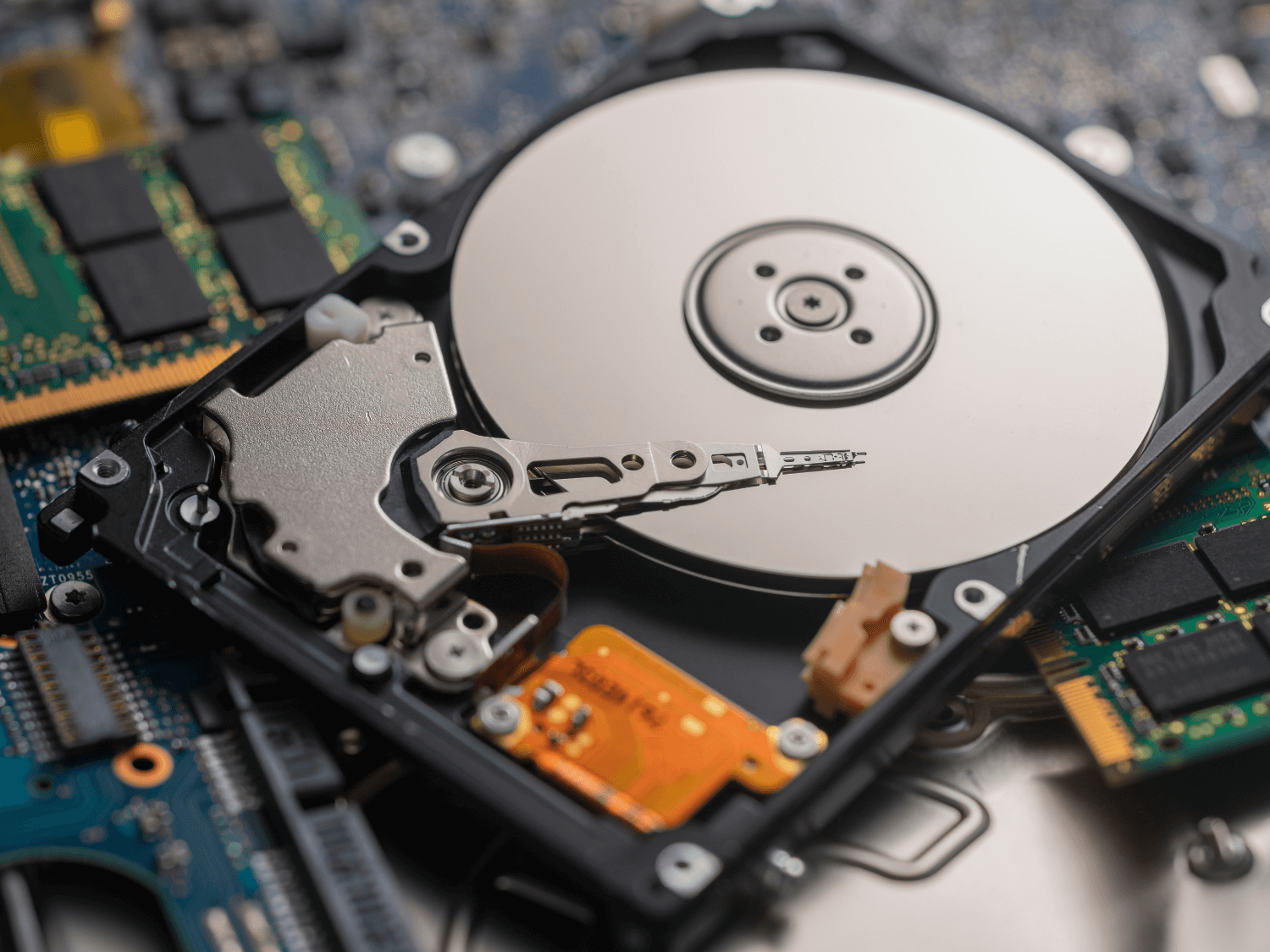How to Recover Files from a Failing Hard Drive
A failing hard drive is one of the most stressful tech issues you can face, especially if it contains important files, photos, or business documents. The good news? You may still be able to recover your data before it's gone for good. Here's what you need to know about spotting a failing hard drive and recovering your files.
Signs Your Hard Drive Is Failing
Hard drives rarely fail without warning. Look for these telltale signs:
Slow performance – Files take longer to open or transfer.
Frequent crashes or freezes – Your computer locks up unexpectedly.
Unusual noises – Clicking, grinding, or beeping sounds can indicate mechanical failure.
Corrupted or disappearing files – Documents become unreadable, or files vanish.
Blue Screen of Death (BSOD) errors – Frequent crashes may be caused by a failing drive.
If you notice any of these issues, stop using the hard drive immediately to prevent further damage.
Steps to Recover Files from a Failing Hard Drive
1. Stop Writing to the Drive
When a hard drive starts failing, every new action—saving files, installing programs, or restarting your computer—can make recovery more difficult. If the drive still works, focus only on copying important files elsewhere.
2. Try Safe Mode or a Secondary Computer
If your computer isn't booting properly, try:
Booting into Safe Mode (press F8 or Shift + F8 during startup).
Connecting the hard drive to another computer using a SATA-to-USB adapter or docking station.
If you can access your files, transfer them to another drive immediately.
3. Use Data Recovery Software
If the drive is still recognized but inaccessible, data recovery software might help extract your files:
Recuva (Free) – Good for basic file recovery.
EaseUS Data Recovery Wizard – User-friendly with deep scan options.
R-Studio – More advanced recovery options for serious failures.
These tools scan the drive for recoverable data and allow you to retrieve as much as possible before the drive fails completely.
4. Perform a Clone Backup
For drives that are on the verge of failure, cloning the entire disk can prevent further data loss:
Use software like Macrium Reflect or Clonezilla to create an exact copy of the failing drive.
Work from the cloned backup instead of the failing drive to reduce wear.
This method is useful if your drive is still semi-functional but unreliable.
5. Consider Professional Data Recovery
If your hard drive is physically damaged, software recovery won’t help. Signs of physical failure include:
Clicking or grinding noises.
The drive not spinning up at all.
BIOS or Windows not recognizing the drive.
In these cases, professional data recovery services may be your only option. There are companies that specialize in recovering data from dead drives through forensic level recovery methods, though costs can be high.
At Wiz Kid Tech Repair, we offer a Recovery Success Guarantee—if we can’t recover your data, you don’t pay. If you’re dealing with a failing hard drive, contact us for a free consultation before it’s too late.

